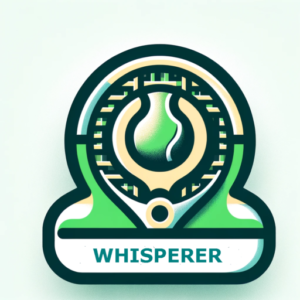Determination: The Real Centre Court Lesson
Determination: The Real Centre Court Lesson
Two days ago, Mirra Andreeva lived her childhood dream. She debuted on Centre Court, defeating Emma Navarro in front of her idol Roger Federer.
The next day, she was living it up – sunhat on, poster in hand, cheering for her coach Conchita Martinez at a legends match.
But on Wednesday, reality struck.
When Your Best Weapon Fails
In her match against Bencic, Andreeva’s world-class backhand – usually her weapon of choice – failed her at crucial moments. She missed sitters, netted routine backhands, and dumped volleys long in tiebreaks that decided the match.
Bencic, the Tokyo Olympic gold medalist from Switzerland who is playing her first season after giving birth to her first child, matched Andreeva shot for shot in a duel of hard, spinning power that turned in the final moments of both sets. It ended with Bencic charging into her first Wimbledon semifinal 7-6(3), 7-6(2), where she will play Świątek.
Yet Andreeva’s reflection wasn’t soaked in defeatism.
The Determination Mindset
“The first thing that I’m going to practice is, I don’t know, I’m going to play a thousand tiebreaks. Unless I win one, I’m not going to be happy.”
Faced with heartbreak, Andreeva chose the path of growth.
Lessons for Competitive Players
Key takeaways:
-
Losing close is data. It tells you exactly what to practice next.
-
Regret is fuel. Missing her backhand in tiebreaks didn’t break her – it gave her clarity on her training priorities.
-
Enjoy the grind. Even after heartbreak, she joked about the kilos of strawberries she ate that week. Perspective matters.
-
Determine your response. You choose whether disappointment drives you forward or leaves you stuck.
Whisperer Reflection
Next time you choke in a breaker or your signature shot fails under pressure, remember Andreeva.
Don’t fear tight matches. Seek them out. Play a thousand tiebreaks until you master them.
That’s determination – not the confidence to never fail, but the refusal to let failure define you.
Keep showing up, keep learning, and keep evolving.


